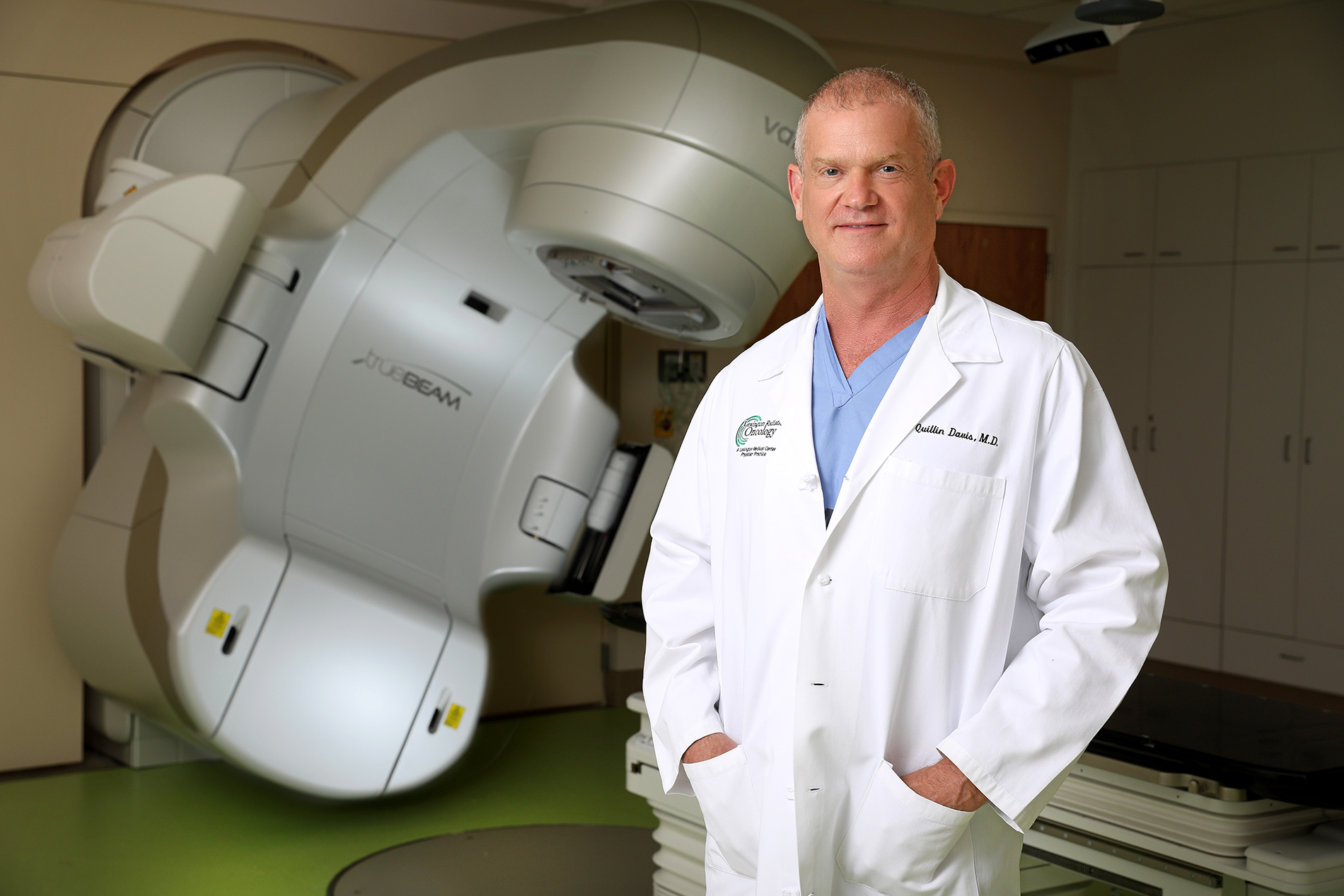by Goran Rac, MD, Lexington Urology
Understanding Prostate Cancer Screening
The prostate, a vital part of the male reproductive system, is susceptible to cancer. Prostate cancer is concerning for many men, particularly as they age. It stands as one of the most common cancers among men worldwide. Early detection is key, and modern medical advances have introduced various new comprehensive prostate cancer screening methods. At Lexington Medical Center, individuals have access to a variety of powerful tools. This article delves into these to understand their unique roles in identifying potential prostate issues.
The Role of PSA Testing
PSA (Prostate-Specific Antigen) is a protein produced by the prostate gland and is detectable in the blood. PSA testing measures the levels of this protein. Elevated PSA levels can indicate potential prostate problems, including cancer. PSA testing is an initial screening tool, helping doctors determine if further investigation is needed. Once an elevated PSA is detected, further evaluation may be appropriate to determine the cause. The next steps may involve MRI imaging and prostate biopsy, depending on the circumstances. There are a variety of approaches to prostate biopsy. Lexington Medical Center offers two advanced approaches: fusion prostate biopsy and transperineal prostate biopsy.
Fusion Prostate Biopsy
Fusion biopsy is an innovative technique combining two powerful imaging types: ultrasound and MRI. By using computer software to merge live ultrasound and previously obtained MRI images, doctors create a high-resolution, 3D view of the prostate. This view aids in pinpointing potential issues and allows for precisely targeted biopsies of any suspicious areas identified on MRI imaging.
Advantages include:
- Precision: Fusion biopsy provides a precise, detailed image, allowing detection of even small abnormalities.
- Enhanced Detection: The merged images offer a more accurate view, enhancing the ability to identify potential problems.
Transperineal Prostate Biopsy
Another innovative approach available at Lexington Medical Center is the transperineal biopsy. Distinguished by its accuracy and safety, this technique involves inserting a needle through the perineum—the area between the scrotum and anus.
Advantages include:
- Comprehensive sampling: The approach allows physicians to obtain accurate samples from areas that might be difficult to reach using standard methods.
- Safety: The standard transperineal approach minimizes infection risk and discomfort by avoiding needle passage across the rectal wall.
Conclusion
When appropriate, PSA testing, MRI imaging, and prostate biopsies can be crucial in prostate cancer screening. PSA testing serves as an initial screening step. Advanced prostate biopsy approaches offered at Lexington Medical Center include fusion and transperineal biopsies. Fusion biopsies utilize advanced imaging, and the transperineal approach can overcome limitations and offer increased safety. By understanding the distinct advantages of each technique, individuals can make informed decisions regarding their prostate health.

Goran Rac, MD, Lexington Urology










Leave a comment